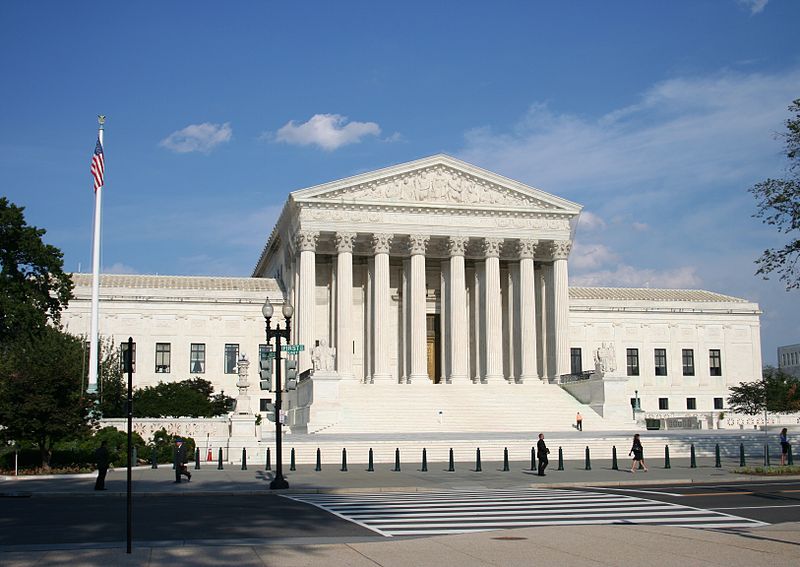AARP Hearing Center
Risky 401(k) Investments: The Supreme Court Steps In
By Lisa McElroy, January 9, 2014 09:16 AM
Do you know just how much you're saving for your retirement? If so, you're not alone. AARP studies show that most Americans 50 and older are thinking about and planning for their future financial security.

So imagine, for a moment, that your company has a pretty generous 401(k) plan. That's great, right? Well, in a case that the Supreme Court recently agreed to hear, the plaintiff employees say, "Not so much."
Here's what happened to them.
Fifth Third Bank, a huge bank in Cincinnati, had a profit-sharing plan - with a 401(k) attached to it. John Dudenhoefer and Alireza Partovipanah, along with others who worked for Fifth Third, were participants in the plan and invested in the bank's common stock through it. According to Dudenhoefer and the other plaintiffs, Fifth Third's executives and plan administrators made very bad investment decisions and recommendations and even lied to employees about the value of the stock. Eventually, the price of the stock plummeted, and the employees lost a lot of money.
This isn't as uncommon a story as you'd think. In fact, cases with similar facts have been litigated across the country.
The people who administer investment plans have a duty to be prudent. Under federal law, that means that they have to act with care and caution when investing the funds of plan participants. In compiling a list of investments for participants to choose from, the plan administrator has to make sure that all of the choices are responsible ones. If at some point one of the options becomes too risky, the plan administrator has a responsibility to remove it from the list.
>> Sign up for the AARP Money newsletter
In some companies, funds are invested in the employer's own stock, or at least the employer's stock is on the menu of choices. That's OK. For many years, the courts have given plan administrators the benefit of the doubt. In other words, they are presumed to have acted prudently unless a participant in the plan can prove otherwise. And the participant must prove that the administrator knew the investment was a really, really bad risk or that the company was in dire financial straits.
That's tough to prove.
Even worse, courts don't give plaintiffs a lot of time to flesh out their cases. In fact, in the very first document they file with the court - called a "complaint" - they have to lay out facts that support their claim. They don't get to take depositions or get documents from the company. And if their complaint isn't strong enough from the get-go, their case is dismissed. It's all over but the shouting.
But now the Supreme Court has agreed to consider whether that standard is too onerous. The Court will look at the Fifth Third Bank case, where the Sixth Circuit Court of Appeals held that the burden of proof - early proof - shouldn't fall so heavily on plaintiffs. Its standard would make such cases less of a slam-dunk for defendants by giving plaintiffs a better chance to develop arguments and acquire the evidence needed to win.
In other words, if the Supreme Court agrees with the appeals court, David's slingshot against Goliath will be a little more powerful.
AARP filed a "friend of the court" brief in the Sixth Circuit and will also do so in the Supreme Court. When the Court hears oral arguments in the case sometime this spring, we'll be sure to update you.
Photo: fstockfoto/iStockphoto
>> Get travel discounts with your AARP Member Advantages.
Also of Interest
- 401(k) Limits Remain the Same for 2014
- Photos: Plastic Containers and 8 Other Nasty Things to Throw Away Today
- Get free assistance with tax-return preparation from Tax-Aide
- Join AARP: Savings, resources and news for your well-being
See the AARP home page for deals, savings tips, trivia and more































































